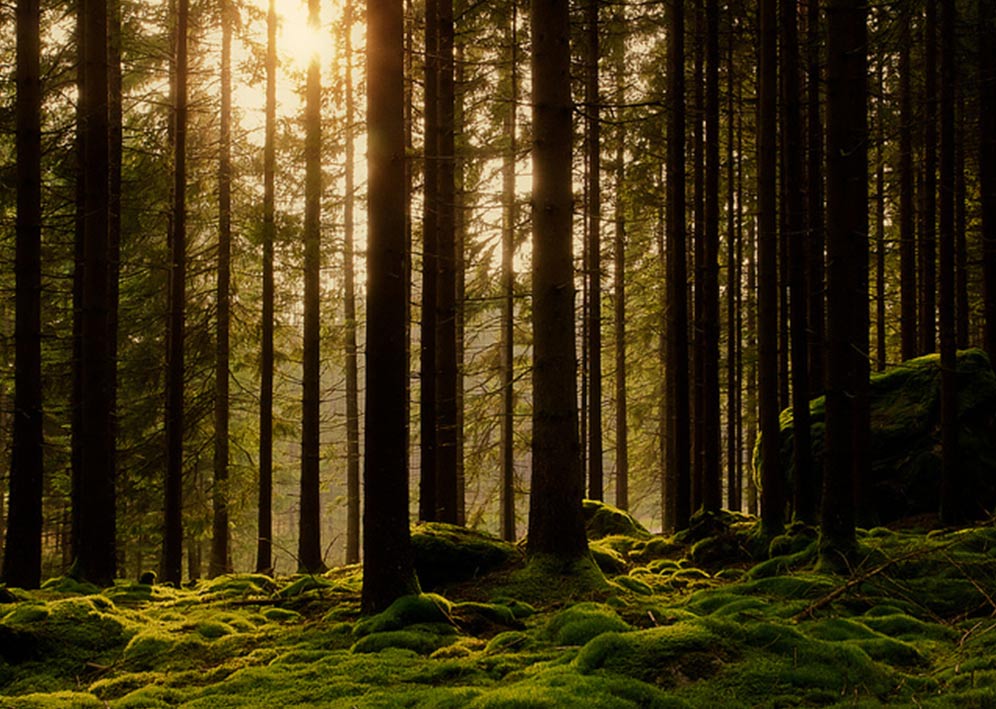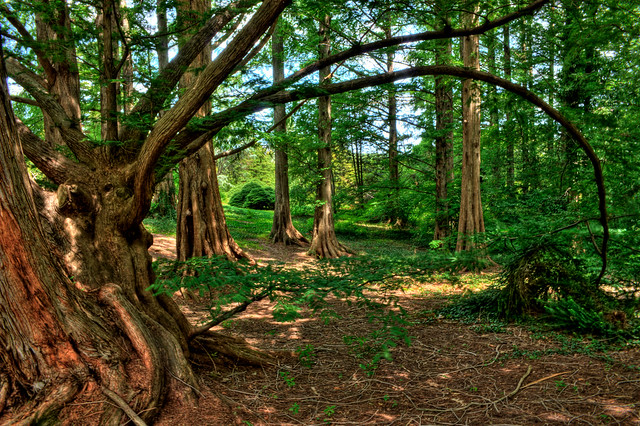Yes, yes, I know we are not to Beleriand yet. But we do have forests, and they are of the dark, Mirkwood-style in the sense that they are wild and full of dangerous beasts but not much light...right? At least after the loss of the Lamps.
This article about hunting (in the European tradition, with heavy emphasis on spiritual elements) mentions a few forests by name that might be worth considering for these:
http://thefellowshipoftheking.net/2...heraldry-and-spiritual-symbolism-of-the-hunt/
"Perhaps only one tract of this sort remains today: the Bialowiecza Forest straddling the border of Poland and Belarus."
I have never been to Paimpoint Forest, so I don't know if it holds any of the mystique of legendary Broceliande.
But anyway, what types of forests are we going to have in Season One before the War of the Powers? It can be a variety of locations that are quite distinct, after all.
This article about hunting (in the European tradition, with heavy emphasis on spiritual elements) mentions a few forests by name that might be worth considering for these:
http://thefellowshipoftheking.net/2...heraldry-and-spiritual-symbolism-of-the-hunt/
"Perhaps only one tract of this sort remains today: the Bialowiecza Forest straddling the border of Poland and Belarus."
I have never been to Paimpoint Forest, so I don't know if it holds any of the mystique of legendary Broceliande.
But anyway, what types of forests are we going to have in Season One before the War of the Powers? It can be a variety of locations that are quite distinct, after all.


















